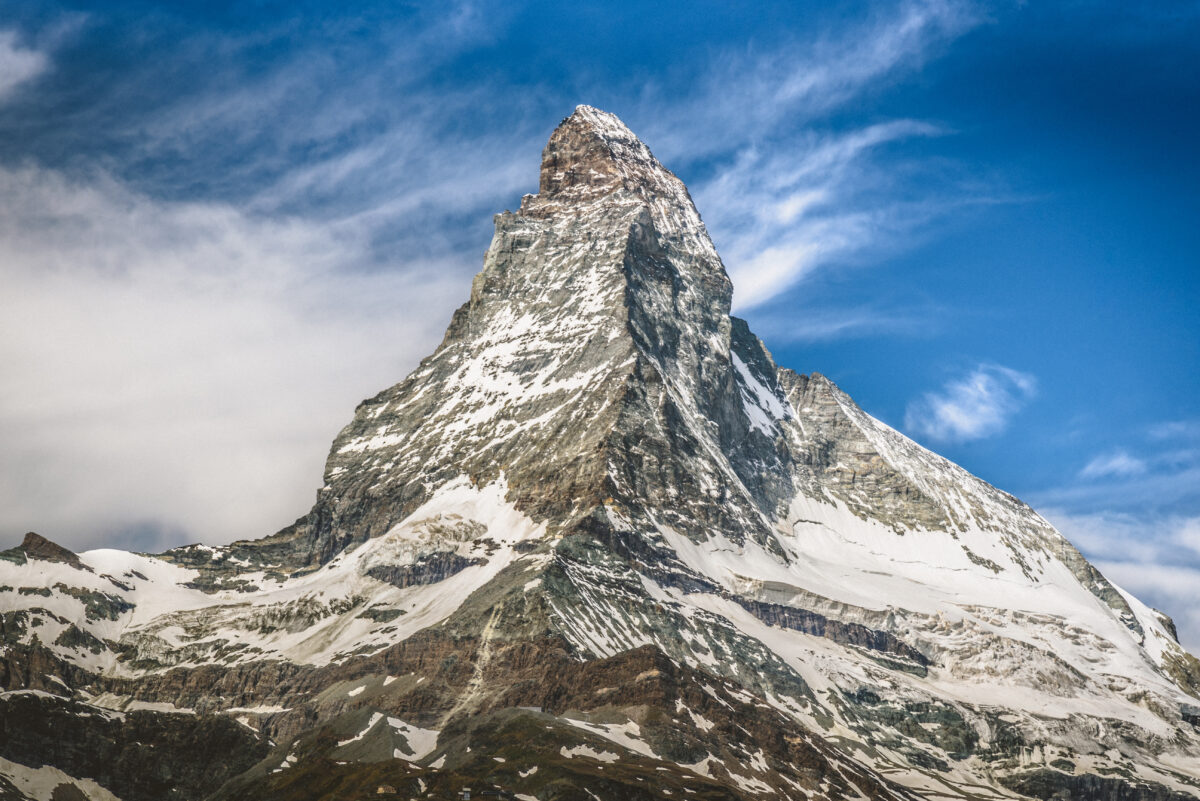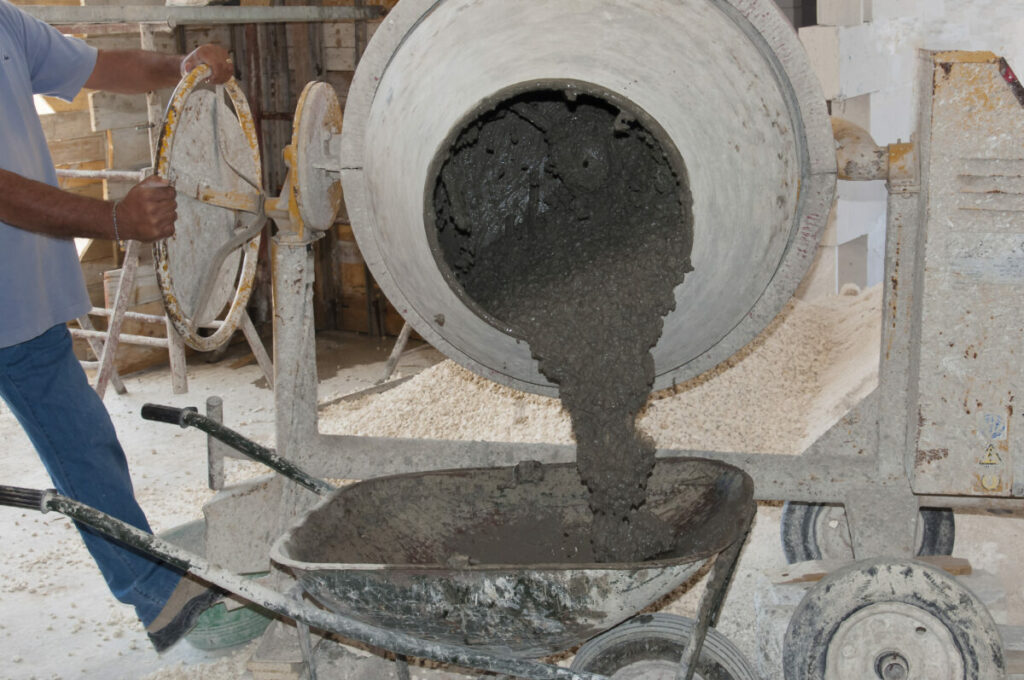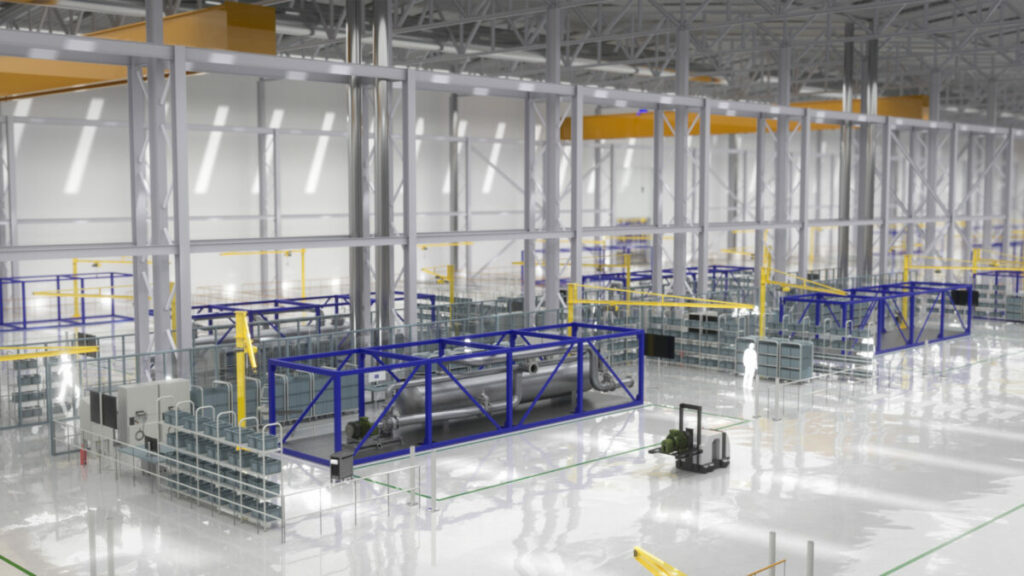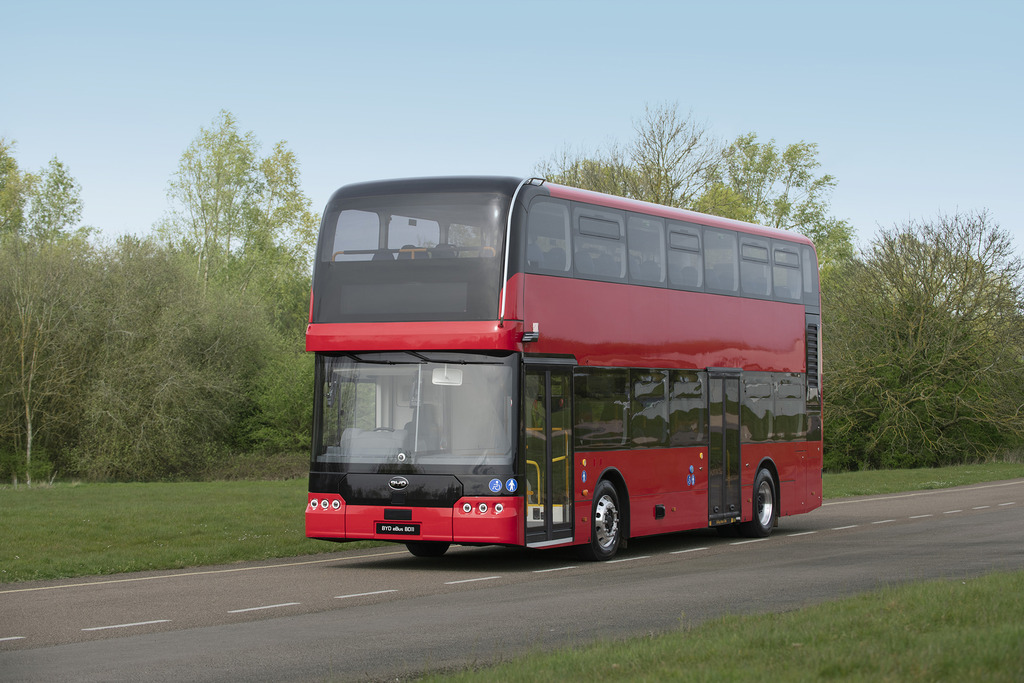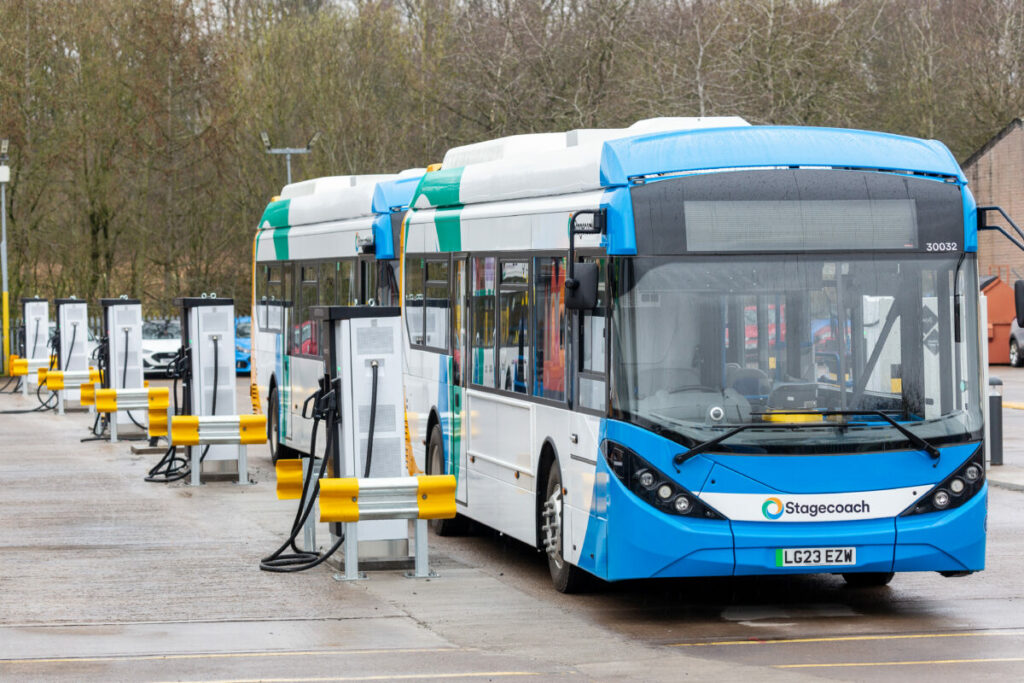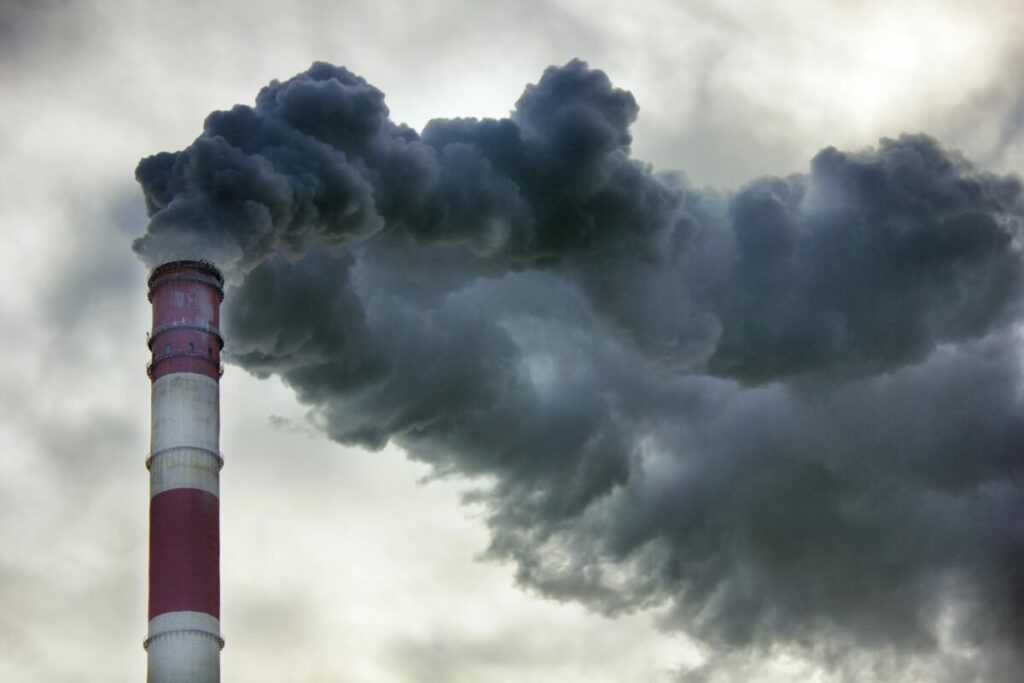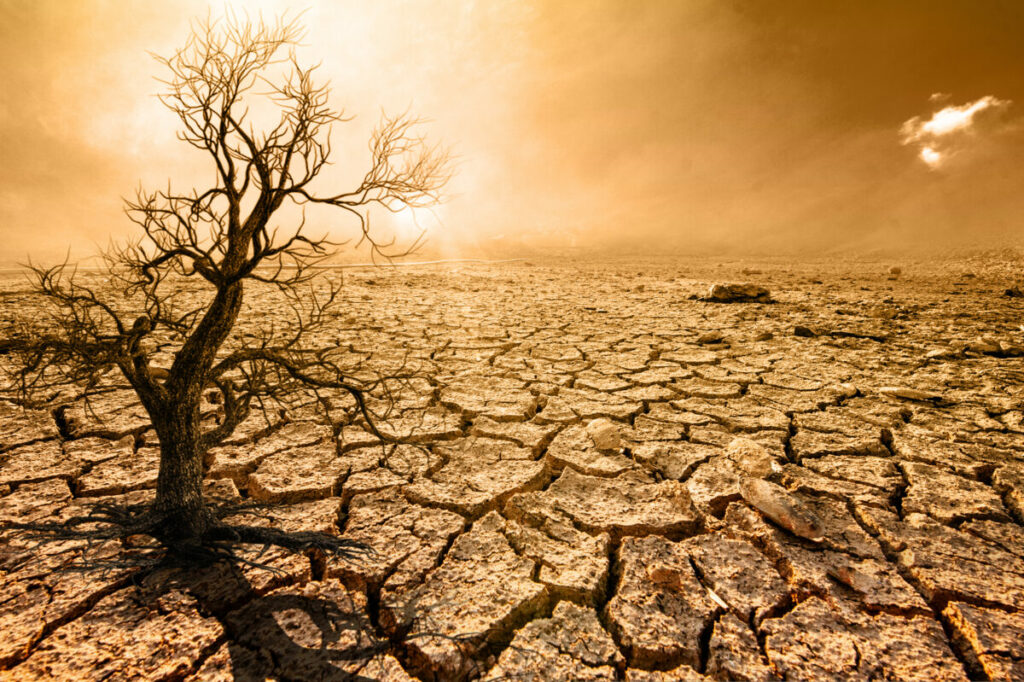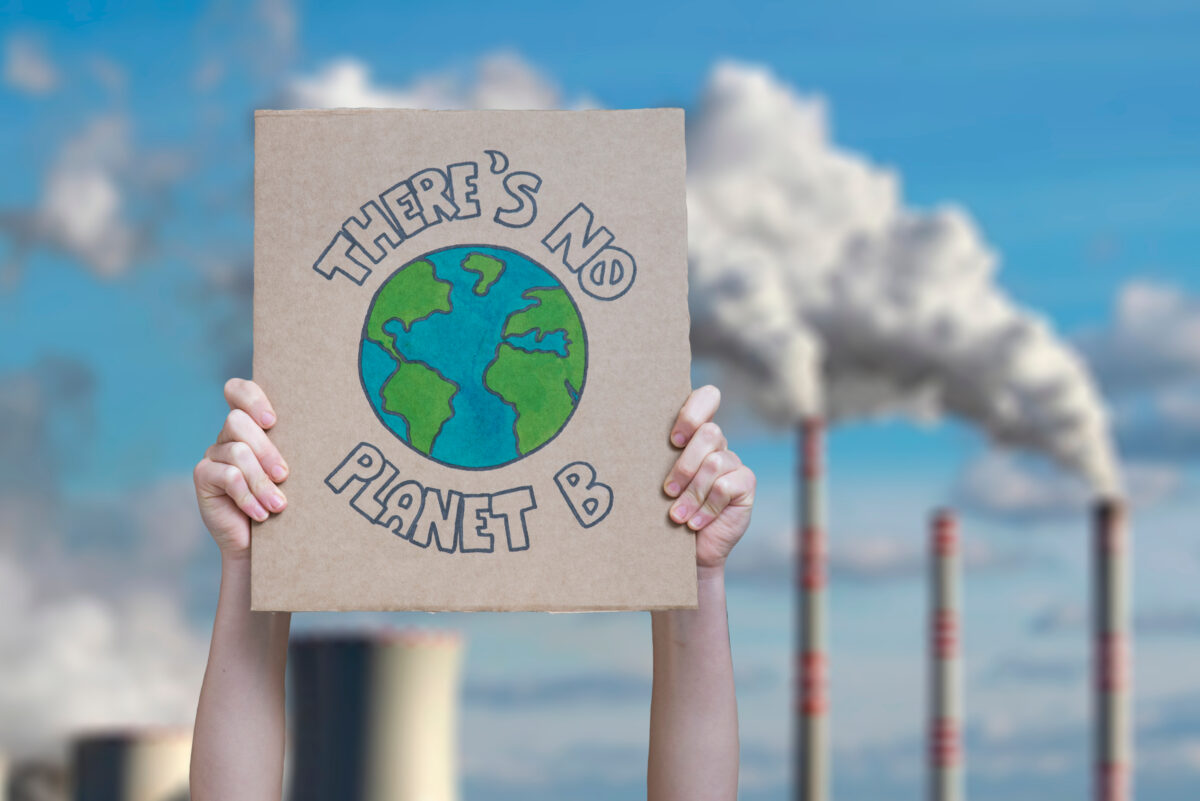Behind the pristine image of snow sports lies a darker story; one of carbon emissions, glacier destruction and a fast-disappearing ecosystem…
In the picturesque alpine town of Zermatt, Switzerland – the sort of place you might find depicted on an overpriced chocolate box – industrial machines were recently seen digging into the side of the Matterhorn glacier.
The glacier is at least 2,800 metres high and notoriously dangerous, with over 500 people having died attempting to climb the sharp slope. And now? The centuries-old, fragile glacier is being excavated.
According to journalists from 20 Minutes, the excavation was part of the preparations for the upcoming International Ski Federation (FIS) World Cup. While the drilling was taking place outside the designated ski zone, FIS claimed that the track the digging was for was within the ski zone – meaning it was supporting a sporting infrastructure which already existed.
However, it has since been found that parts of the planned race course lie beyond those carefully designated zones.
Co-founder of carbon measurement service Zevero, George Wade, called the phenomenon “a real reason to be grumpy”.
“Excavators are currently destroying a glacier in Zermatt, Switzerland, disrupting an already fragile ecosystem that’s lost 10% of its glaciers in the last two years,” he wrote on LinkedIn.
“The reason? A ski race that’s meant to take place in November. What’s more ironic is that the event was cancelled last year due to a lack of snow. This is mental.”
While authorities have said the excavation in Zermatt has to stop, it isn’t an isolated incident, and is a consequence of a snow sports industry marred by a warmer planet and embraced by a wide cross-section of society, from elite athletes, to grassroots hobbyists and the winter holidaying set.
Subscribe to Sustainability Beat for free
Sign up here to get the latest sustainability news sent straight to your inbox everyday
How do you keep snow sports competitive on a warming planet?
Finding ways to carry out winter sports in a warming society while reducing the impact on nature is tough. The amount of snow cover in Alpine areas drops by at least 8.4% each decade. In bad years this of course impacts the industry, but it also leaves elite British athletes with a conundrum.
At Blue Earth Summit, CEO of GB Snowsport Vicky Gosling highlighted some of the challenges the extreme snow sports industry has come under, despite increasing success for Britain.
“The big question that we’re facing is how do we keep the future really bright for the talent coming through, when we’re facing the challenges that the environment’s thrown towards us in terms of unpredictability, sustainability and affordability,” she says.
She caveats the achievements Team GB has made in recent years with real concern about the future, “Yet we can’t use Europe because actually the conditions aren’t there anymore. So we have to get the elite athletes out in to the southern hemisphere to keep them actually competitive,” she says.
She highlights that this often means an “increasing” carbon footprint due to flight costs.
“Or what we’re doing right now, is moving our athletes around in Europe because of the way that things are with the glaciers. And we’re keeping them in Europe but maybe moving them to Madrid so they can use the indoor facilities,” she continued.
Asked whether GB snow sports would ever consider partaking in a snow sport event hosted in Saudi Arabia Gosling says; “I don’t think it’s something we should be advocating in the slightest and we certainly don’t train there. I can tell you that 100%.”
“I think the community together would join forces on this one,” she adds.
“It’s winter sport for a reason.”
Balancing: The skateboard, the ski chalet and society
Gosling explains that to keep finding new athletes, address the perception of snow sports as only being for the wealthiest in our society and do so without a big carbon footprint, GB Snowsport trialled an initiative called Project Balance.
It went into an inner city school, took 30 kids and gave each of them a skateboard, a helmet, a pair of pads and got them skateboarding.
“It’s such a great pathway and actually it’s far more accessible and far, far more affordable. The cherry on the top is we get the kids a couple of lessons in the snow domes once they’ve already found how to use the board,” Gosling explains.
She adds that keeping the momentum when it comes to driving change for both social mobility and the planet requires thinking of innovative ways to get people involved.
On the other end of the spectrum, the expensive European ski tourism industry is also facing a conundrum.
“If ski resorts are going to take more snow off their glaciers its counterproductive to their business,” explains Ski Press’ Robert Stewart, alluding to the fact that the amount of snow is depleting fast.
“In general terms winter sports was a bit nervous about talking about it for a long time as they thought it would put people off but that’s changed now,” he adds.
He highlights that the pressing nature of the situation means that resorts are increasingly looking to be more sustainable, for their pockets as well as the planet. Now there are green ski resorts with technologies including ski lifts powered by hydroelectric power.
Stewart is adamant about highlighting that – regardless of whether resorts choose to do the right thing – travel to them has a large impact on emissions. He highlights that one issue is a lack of affordable and convenient trains connecting people to the relevant alpine resorts, with some routes hit since Covid-19.
“Skiers notice things,” he adds. “Things like air travel are not helping the situation, but at the same time we are seeing the impact of that with our own eyes and everyone is nervous about what is going to happen…”
Perhaps the fact that skiers, snowboarders and the industry built around the sport are all facing less snow – and therefore less business – could make a difference for climate campaigning as a whole?


